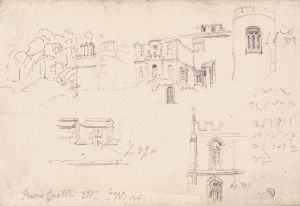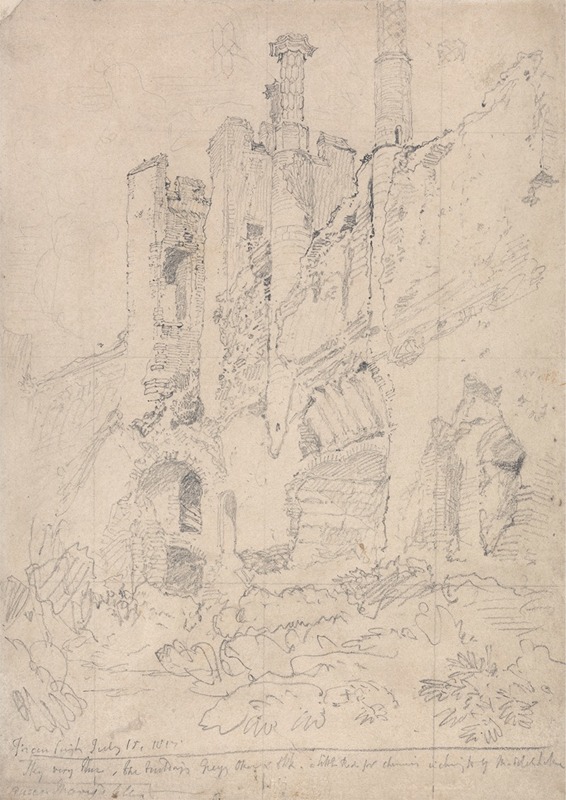
Framlingham Castle, Suffolk; Part of Ruined Interior
A hand-painted replica of John Sell Cotman’s masterpiece Framlingham Castle, Suffolk; Part of Ruined Interior, meticulously crafted by professional artists to capture the true essence of the original. Each piece is created with museum-quality canvas and rare mineral pigments, carefully painted by experienced artists with delicate brushstrokes and rich, layered colors to perfectly recreate the texture of the original artwork. Unlike machine-printed reproductions, this hand-painted version brings the painting to life, infused with the artist’s emotions and skill in every stroke. Whether for personal collection or home decoration, it instantly elevates the artistic atmosphere of any space.
John Sell Cotman (1782–1842) was a prominent English painter, illustrator, and etcher associated with the Norwich School of painters. His work is celebrated for its precision, subtle use of color, and ability to capture the atmosphere of architectural and natural subjects. One of his notable works, Framlingham Castle, Suffolk; Part of Ruined Interior, exemplifies his skill in depicting historical architecture with a focus on texture, light, and structure.
The painting portrays a section of the interior ruins of Framlingham Castle, a medieval fortress located in Suffolk, England. Framlingham Castle has a rich history, dating back to the 12th century, and was originally constructed by the Bigod family, who were influential Norman barons. Over the centuries, the castle played a significant role in English history, including serving as a refuge for Mary Tudor in 1553 before she was proclaimed queen.
Cotman's depiction of the castle focuses on its deteriorated state, emphasizing the passage of time and the weathering of the stonework. The painting captures the interplay of light and shadow within the ruins, highlighting the architectural details and the textures of the aged walls. Cotman’s approach to such subjects often involved a balance between accuracy and artistic interpretation, showcasing his ability to evoke a sense of history and atmosphere.
This work is part of Cotman’s broader interest in architectural studies, particularly ruins, which were a popular subject in the Romantic period. His fascination with medieval and Gothic structures reflects the era’s appreciation for the picturesque and the sublime. Cotman’s careful observation and technical skill are evident in the way he renders the details of the castle, from the crumbling masonry to the surrounding environment.
Framlingham Castle, Suffolk; Part of Ruined Interior is an example of Cotman’s etchings, which were often created as part of his efforts to document and preserve historical architecture through art. His works were influential in promoting an appreciation for England’s architectural heritage and contributed to the growing interest in preservation during the 19th century.
While the exact date of this particular piece is not specified, it aligns with Cotman’s broader body of work, which includes numerous studies of castles, churches, and other historical structures across England. His dedication to capturing these subjects has left a lasting legacy, providing valuable visual records of sites that have since changed or deteriorated further.
Today, Framlingham Castle remains a significant historical site managed by English Heritage, and Cotman’s artistic contributions continue to be appreciated for their historical and aesthetic value.





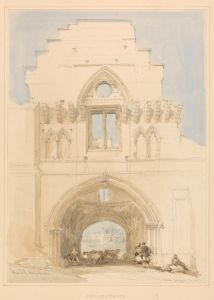
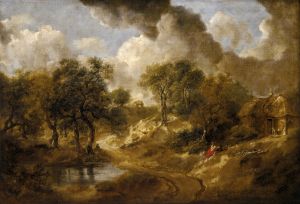
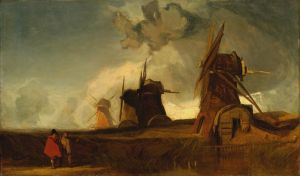

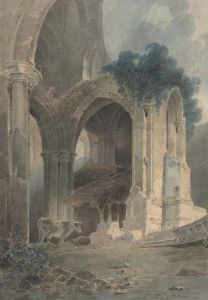
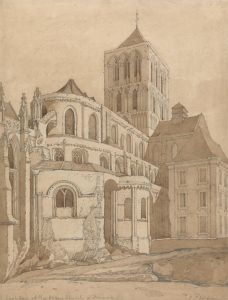
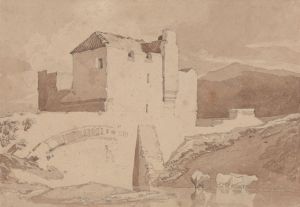
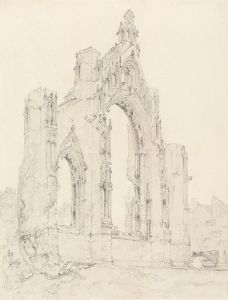
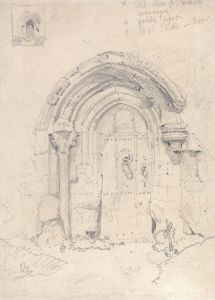
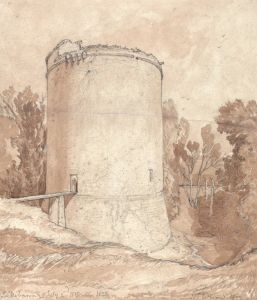
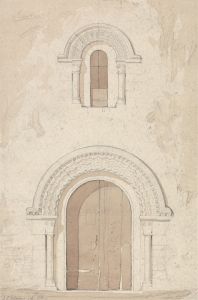
![Designs for the Puck Theater , New York, NY.] [Exterior perspective study](/imgs/249328/s/winold-reiss-designs-for-the-puck-theater-new-york-ny-exterior-perspective-study-9c896b94.jpg)
